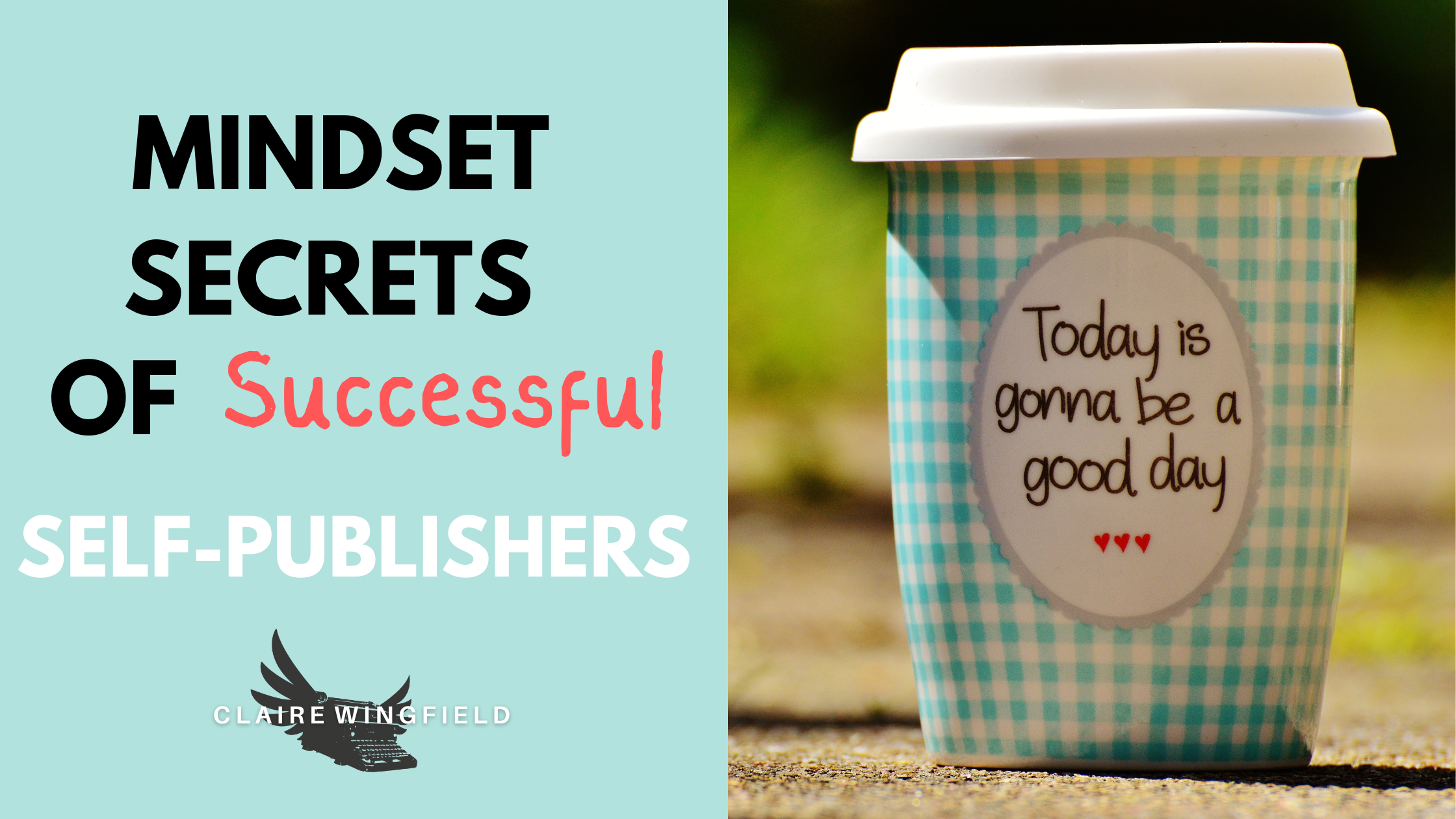‘Book Launch?’
Well, that’s not going to happen.
And thus it was for months. The text was finished. The cover was finalised. My novel was going out into the world. But a launch? The thought was terrifying.
Who would come? What would I say? Wasn’t writing it enough? When friends asked about the launch, they did not understand my reticence. Hardly surprising. I didn’t either.
But as the whole process approached the end, it became increasingly difficult to ignore my feelings. Why was I so scared? Fear of ridicule, of an empty room, of being out of my comfort zone – who did I imagine I was to think I could write a novel?
Slowly I became aware there were two separate fears: the fear of publishing at all, and the fear of the launch. I kept telling myself I could pull out and leave the completed text in a drawer to be published after I had shuffled off this mortal coil. (Yes, it was that extreme.)
Then one day I was having lunch with a close friend, and I was (yet again) talking of how this whole process terrified me. I had wanted to write a novel. My ‘critical readers’ had seen it in draft form, and encouraged me to keep going. I never for a moment considered how terrifying the next stage of going public would be.
My friend listened to me and then said, ‘OK don’t do it. But stop going on about it. However if you don’t do it, for the rest of your life every time you read a book you enjoy, remember that writer had the courage to something you didn’t.’
I stared in horror at this harsh, but kindly meant, statement. The die was cast. I had to do it. To not was giving in to my fear, and that I could not imagine living with.
And so the publication and the launch were set in motion. Each day I told myself I could still turn back, but by then I knew this had become my mantra to keep going. Even as I approached the launch, I regressed. I could hide under the table. I could just not turn up. But the adverts were out and the tickets were selling. Now it was everyone else’s fault it was having to happen.
It is quite amazing the mental lengths I went to in order to avoid facing the terror of the empty room or the audience – which indeed was worse?
It was not as if I was unused to speaking in public. I had been doing it for decades. But that had always been fact based. This was ME.
The only way I would manage was to prepare. Years in professional negotiations had taught me never to go into a meeting ill-prepared. Work out what I might be asked and have answers ready. Think of the worst scenarios and be prepared with responses. Not a flip, trite answer but one carefully thought out. Think of what I want to be asked, and have these answers ready also. Prepare the words to convey tone and passion.
‘How much of your book is autobiography?’
My answer with a warm smile. ‘That is for me to know and you to wonder.’ Certainly some of it is autobiographical, but much of it is fictionalised. If readers can’t distinguish, then I have done it right.’ Then a change of tone. ‘Aren’t all novels to some extent autobiographical? How much of Lizzie Bennet is Jane Austen? Is Pip’s terror of Magwitch in the opening chapters of ‘Great Expectations’ Dickens’ terror as a child alone in London?’
I was able to answer and divert. I could use argument and tone to carry my audience.
In the end, I have to say I enjoyed the event. I felt almost sorry when it was over.
Next time I will look forward to it.
Need help preparing your book for publication like Margaret? I offer a full range of editorial, book production services and typesetting services.



































































